Monte Brasil “Phoenician sanctuaries”
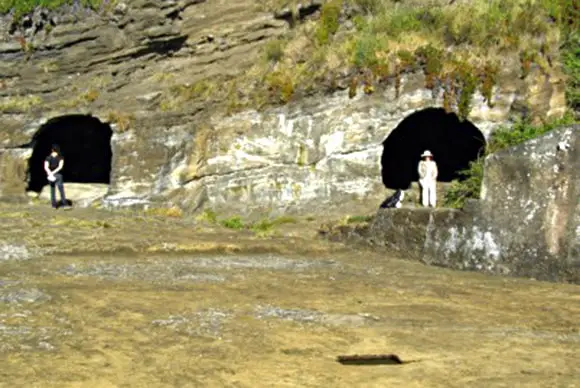
Rock cut chambers, possible prehistoric structures made long before the coming of Portuguese in the 14th century. Similar rock-cut structures have been found on Corvo and Santa Maria islands and, reportedly, on Flores. Researchers consider that these can be Carthaginian (Phoenician) temples from the 4th century BC.
Masada
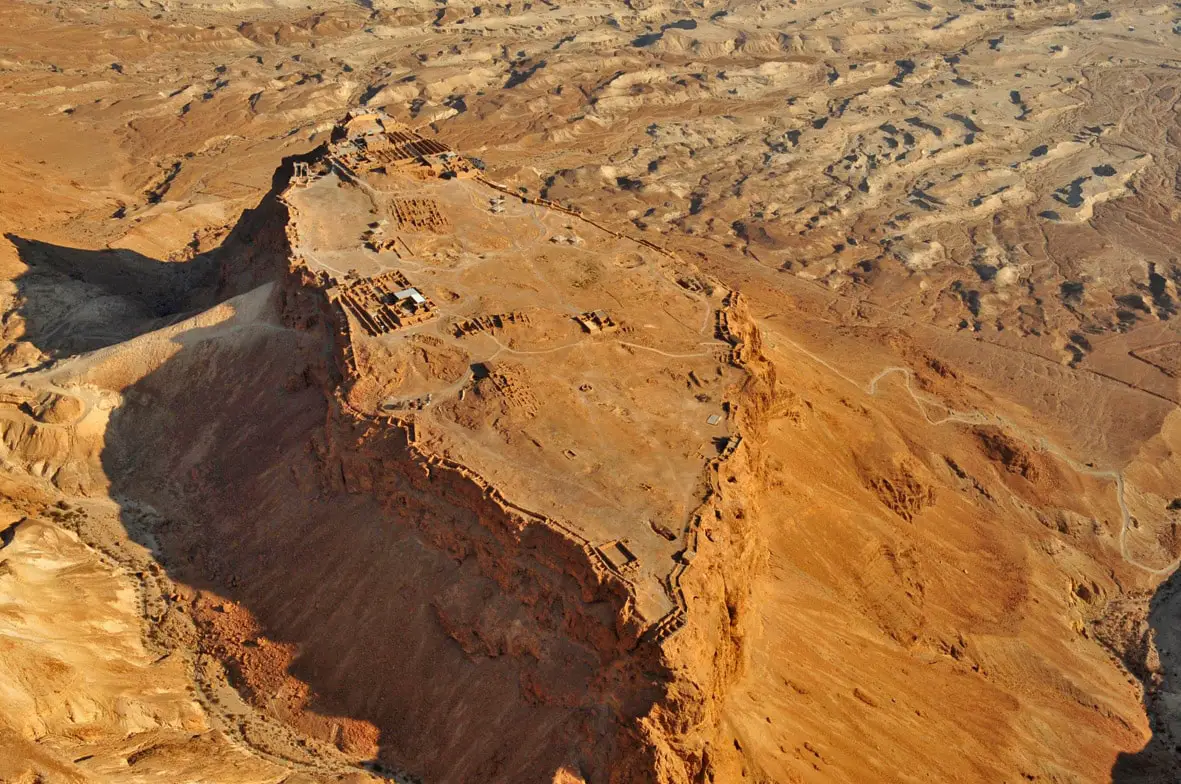
Dramatic fortress/ refuge on top of table mountain, constructed in 37 – 31 BC, taken by Romans simultaneously with the mass suicide of 960 defenders in 73 AD. Here are located remnants of one of the world’s oldest synagogues.
Petra
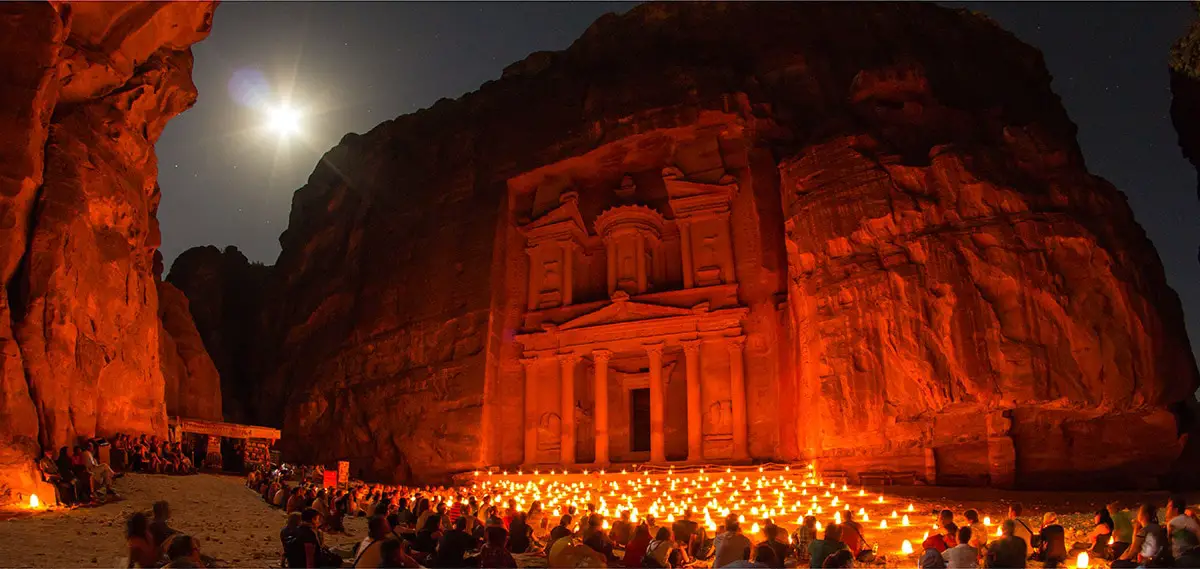
The ancient capital city of Nabateans was established around the 6th century BC at the site of an ancient sanctuary. Contains some of the most beautiful and intricate rock-cut architecture in the world, available after walking through some 1.2 km long, narrow gorge.
Nimrud
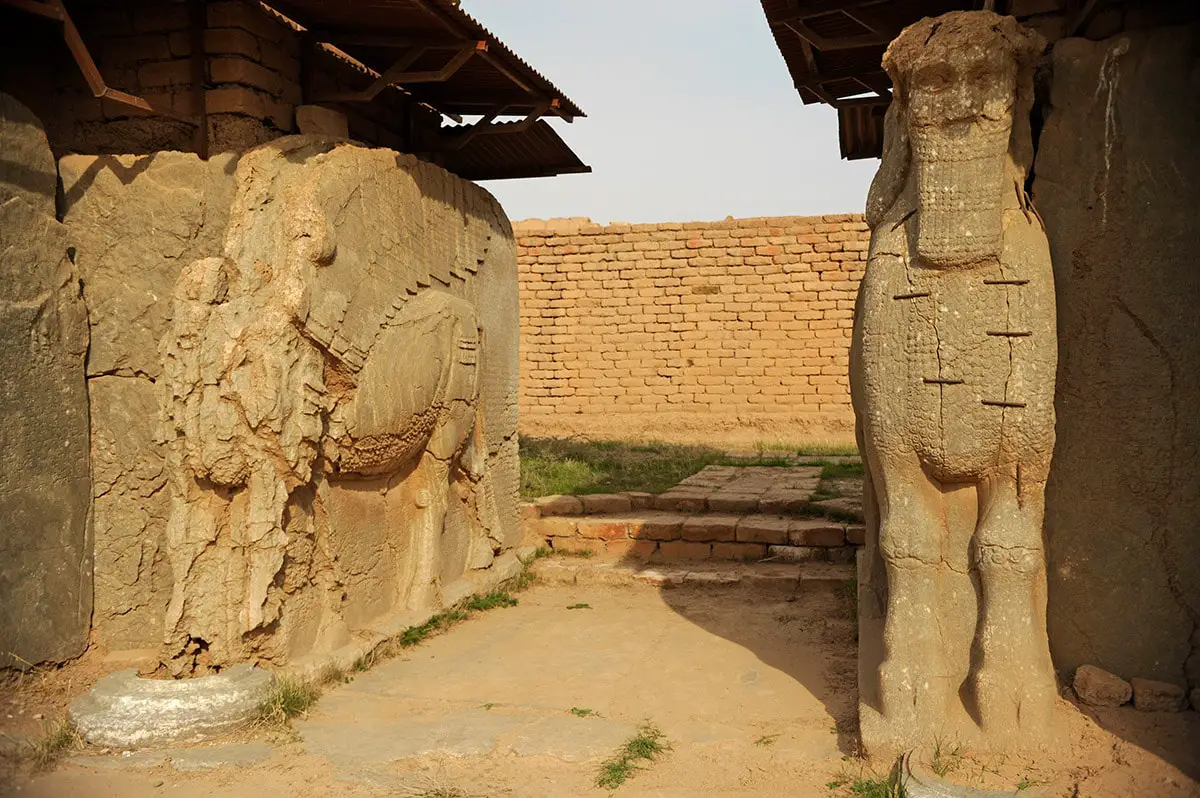
Remnants of ancient Assyrian city. Construction of this city started sometimes around 1270 – 1260 BC and it was a capital of Assyrian Empire in the 9th – 8th century BC when it had some 75,000 – 100,000 inhabitants and for some time was the world’s largest city. Partly destroyed and abandoned between 616 and 605 BC. Important finds here were a statue of emperor Ashurnasirpal II and giant, winged lions with human faces. These statues of lions – Lamassu – weighed up to 27 tons. In 2015 the remnants of the city were deliberately bulldozed by the Islamic state.
Merv
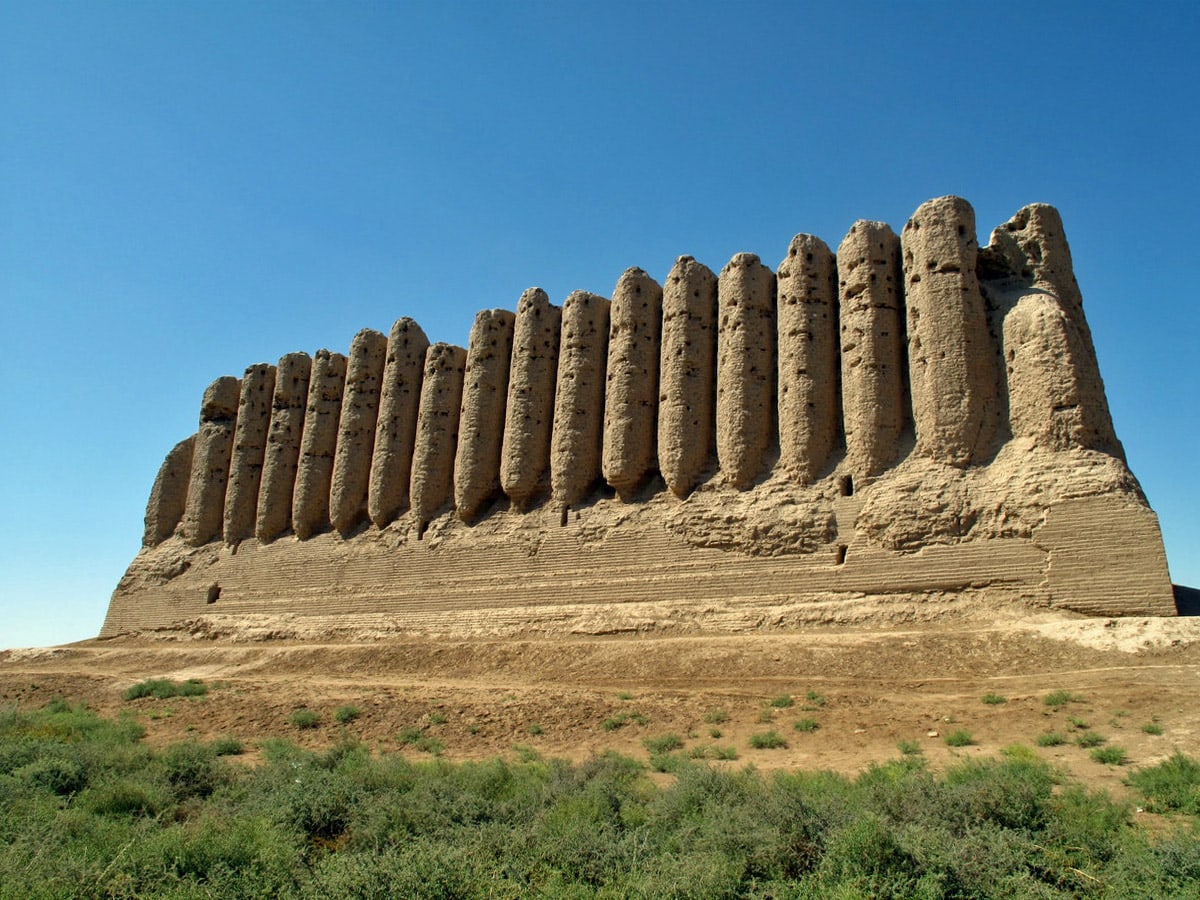
Once magnificent oasis city on Silk Road. The settlement was established in the 3rd millennium BC but flourished in the 8th century – 1221 when it briefly was one of the largest cities worldwide. Today are seen remnants of four-walled cities close to each other. Today are seen remnants of several walled citadels close to each other – Erk Kala, Gyaur Kala, and the medieval Sultan Kala.
Palmyra
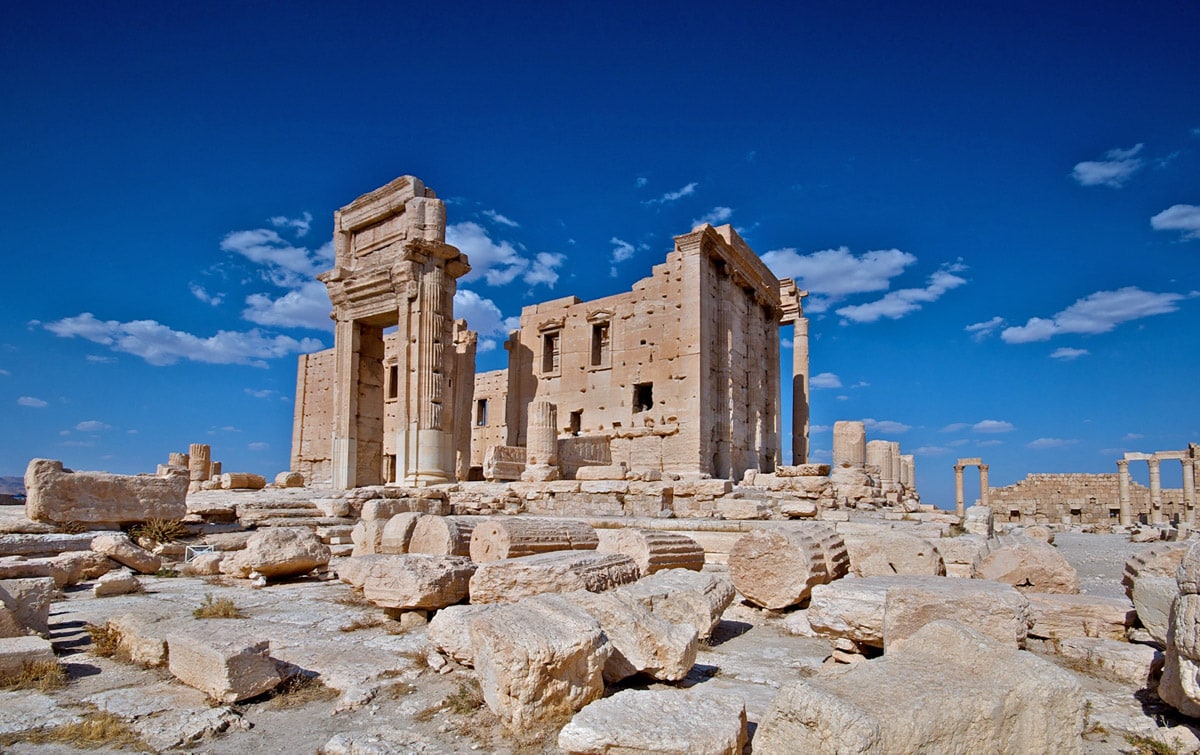
Important ancient city – caravan stop. Existing since at least the 2nd millenia BC, abandoned after the 16th century AD. Now impressive ruins remain – temple of Ba’al (the 1st – 2nd century AD), decumanus with arch, theater and others. City had its own alphabet.
Patan Durbar Square
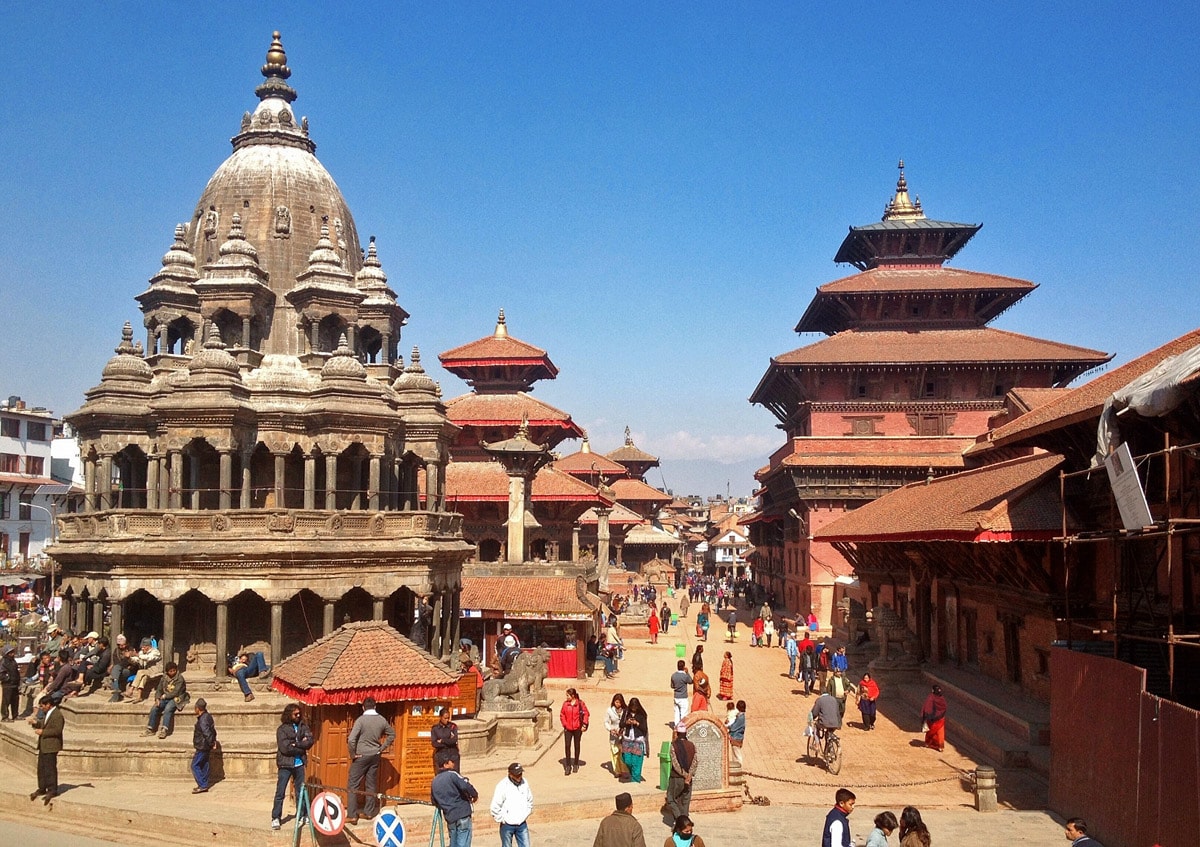
The gorgeous central part of a historical city, the former capital city of Malla. The floor of the square is tiled with red bricks and the square is surrounded by ornate buildings. Most of the current buildings are from the 17th century, but the history of this ancient town is much longer. Here are found 55 larger temples and 136 interesting courtyards. Heavily damaged during the earthquake on April 25, 2015.
Mahasthangarh
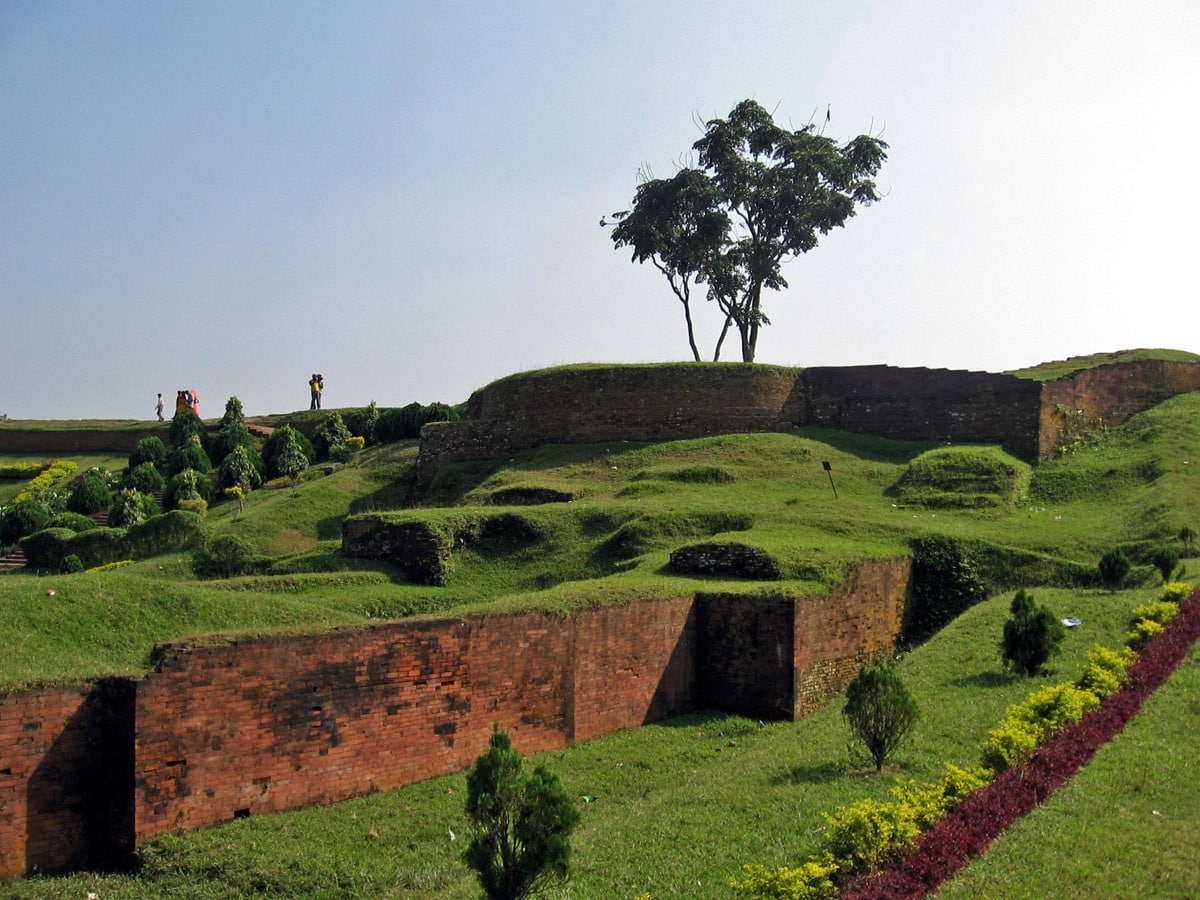
Ruins of the ancient capital of Pundravardhana. This city was founded in the 3rd century BC or earlier. Now remain impressive fortifications that were in the use until the 18th century AD as well as hundreds of mounds with remnants of ancient structures. Walls of the city enclose an area 1,523 m by 1,371 m large. Ramparts are 11 – 13 m tall.
Angkor Wat
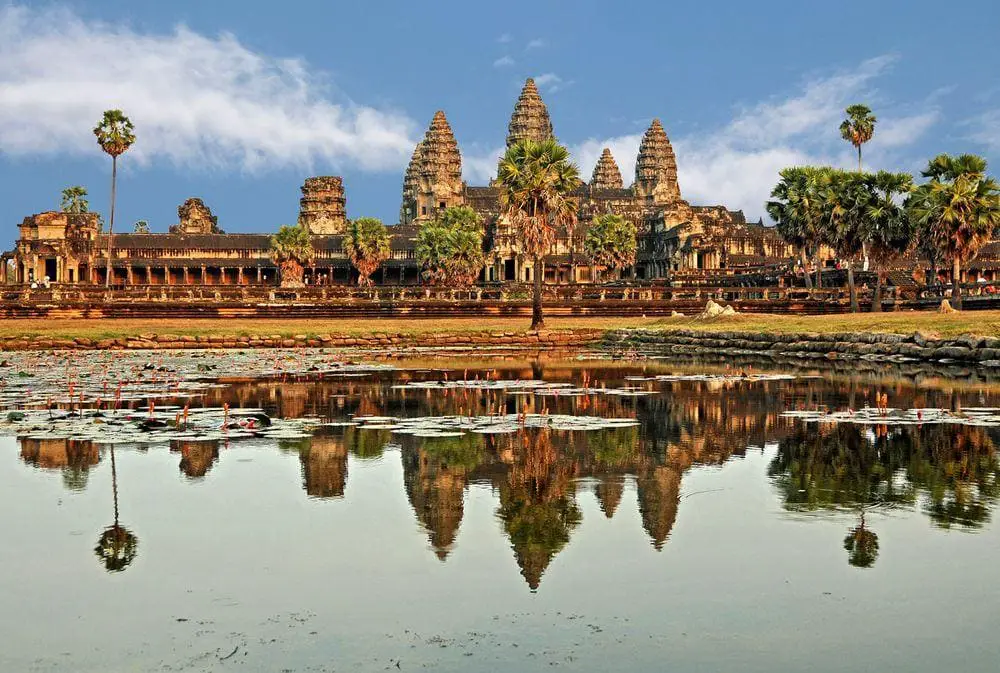
Considered to be the single largest religious complex in the world, built in the ancient capital of Khmers in the early 12th century. Considered to be one of the greatest achievements of humankind in architecture. Initially built as a Hindu monument, later converted into a Buddhist temple complex. Temple is adorned with more than 1 thousand m2 of high-quality bas-reliefs.
Somawathie Stupa
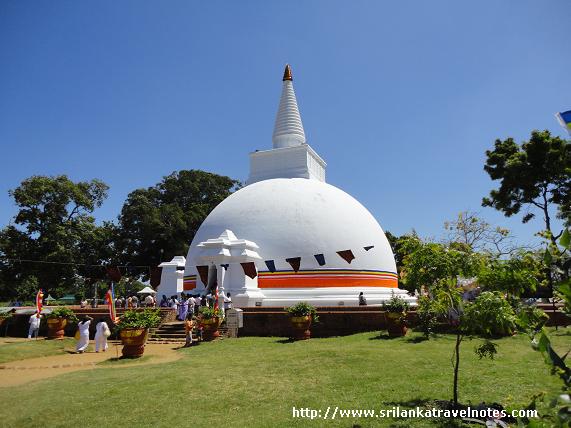
Historical pagoda of major importance in the past, built in the 2nd century BC. Monastery has served as abode for several Arahants – supremely enlightened beings. This site is famous thanks to unexplained light phenomena – beams of light emanating from the stupa, beating of invisible drums and many other unusual events.
